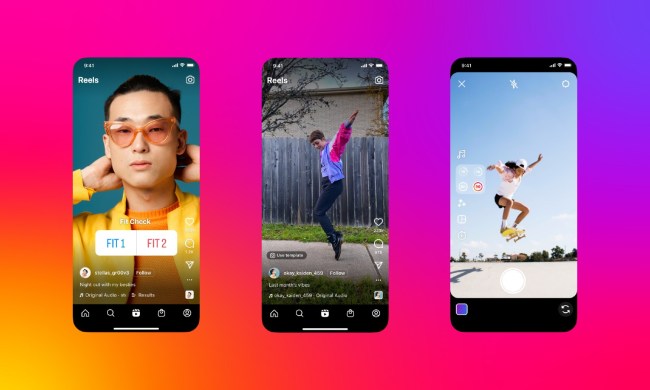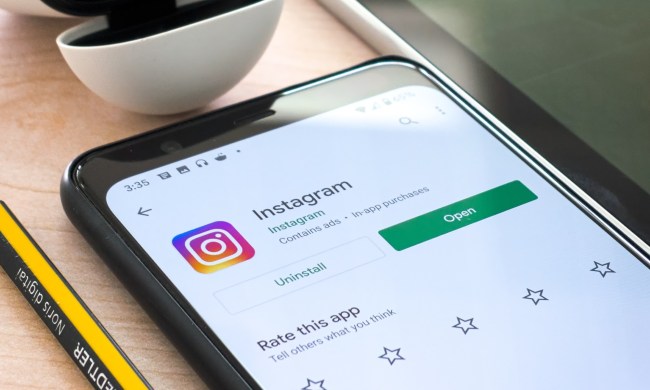Instagram today announced the launch of several measures aimed at making the platform safer for teenagers. Most of these measures come in the form of new features that will be implemented throughout 2022. The first of these features — called “Take a Break” — will go live in select countries today.
Instagram head Adam Mosseri first announced the feature in November and teased an expected December rollout. Take a Break, which needs to be turned on manually from Instagram settings, encourages users to spend time away from the app once they reach a preset time limit. Users can set the timer to 10 minutes, 20 minutes, or 30 minutes. Once users reach this limit, the app sends a full-screen alert telling them to take a break from the app. Users will need to tap on the Done button to remove the alert and get back to the app.

It is important to note that this feature still puts the onus on the users to control their addiction. A CNN journalist who tested a beta version of Instagram with this feature noted that the timer resets to zero even if you turn off the screen for a couple of seconds or move to another app before reaching the time limit. Instagram, however, did say that this feature is still in its early stages and that users will see refinements in 2022.
To ensure more teenagers use this feature, Instagram intends to send notifications encouraging them to do so. In fact, early test results indicate that 90% of the teens who activated this feature kept it on. The feature goes live in the U.S., UK, Ireland, Canada, New Zealand, and Australia starting today. The rest of the world should get it by next year.
Tool for guardians
In March 2022, Instagram intends to roll out a feature designed for guardians to “guide and support their teens on Instagram.” The tool will let guardians see how much time their kids spend on Instagram and alert them if the teen reports someone on the platform. Instagram also intends to develop an educational hub for guardians that will include detailed guides on social media use, product tutorials, and expert opinions.

A safer place for teens
To make the platform safer for teenagers, Instagram announced that it intends to come up with three important features. To begin with, people will no longer be able to tag or mention teenagers who aren’t following them.
Instagram will also tweak its recommendation engine and have a stricter approach to the content it recommends to teenagers within their search, explore, hashtags, and suggested accounts options. And if a teen is found to be dwelling on a single topic for a relatively long time period, Instagram will start nudging them to explore different topics.

These features will complement Instagram’s changes to teen accounts in 2021. To recap, all teen accounts were made private by default, and adults are not able to direct message teens who do not follow them. Instagram had also made changes to the Explore tab to limit how much sensitive content shows up there. Users now get three options; Allow, Limit and Limit Even More. The Allow option is unavailable as an option for teen accounts, which may help bring some peace of mind to parents.



